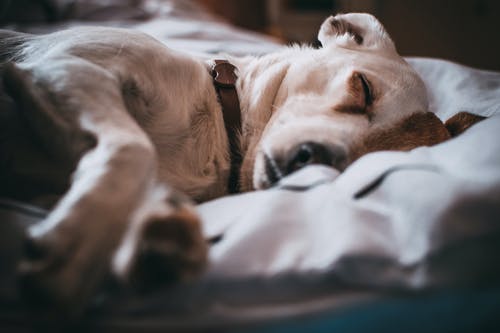For dogs, cats, tortoises, lizards, and other exotic animals, taking care of their teeth is as essential as it is for felines. As part of a routine health examination, exotic pets are advised to have their mouths checked out as a precaution to ensure that everything is in order. Some animals like ferrets, bearded dragons, and hedgehogs may require dental cleanings, similar to dogs or cats.
The teeth of animals continue to grow throughout their whole lifetimes. If neglected, this growth could result in sharp spurs that can graze their tongues and gums.
Generally speaking, most pet owners don’t brush their pets’ teeth, which can lead to tartar buildup and stinky breath. Excessive tartar buildup over several years can cause periodontal disease, gingivitis, and tooth root infections. Bacteria buildup and eventually move through the bloodstream to colonize vital organs like kidneys and the heart, which could lead to fatal issues.
Veterinary Dentistry for Exotic Pets
Through preventative dental care, most exotic pets such as ferrets, rabbits, reptiles, and rats must undergo a thorough oral examination each year as part of a routine physical exam. Certain animals, such as bearded dragons and ferrets, require regular dental cleanings to remove the tartar and plaque that has accumulated and carefully inspect teeth for irregular illness symptoms, wear, fractures, or looseness.
Scale and Polish
Each tooth is the first subject to ultrasonic scaling to eliminate tartar, followed by polishing. This surgery is frequently performed to stop the spread of tooth-related diseases. A once-a-year polish and scale can benefit dragons, ferrets, and bearded dragons, in particular. Visit a veterinary website’s homepage for additional information.
Dental Float
This procedure is frequently used on rabbits and guinea pigs if the teeth of the cheek have developed sharp spurs or spikes or when teeth are excessively long and are developing in the wrong direction. Typically, they must be fixed with an anesthetic using special dental bur.
Correction or Removal of Incisor Teeth
Most of the time, problems in the teeth of the mouth or abnormal jaw alignment of rabbits from birth cause malocclusion of the front incisors, which alters how the teeth confront one another. The correction may be all that’s required when the primary cheek tooth problem and the incisor’s morphology and curve have significantly changed.
As they develop rapidly in the beginning, they should be cut once the incisors have stopped supporting the animal and forming a. When this occurs, it is recommended to remove the incisors since it will provide an additional long-term solution. Visit a veterinarian for a dog annual vaccination.
Removal of Tooth Root Abscesses
On either the upper or lower jaw, tooth root abscesses can usually be identified as solid lumps. The tooth and bone abscess have to be removed in the course of treatment.
It’s usually necessary to leave a drainage hole to facilitate the abscess to be flushed subject to the tooth being affected. After surgery, injectable antibiotics and frequent visits are often required.
It’s essential to be aware that the treatment could need to be continuous and ongoing subject to how severe the dental problems of your exotic pet are. For specific individuals, this may mean regular dental adjustments. Radiographs or a CT scan could often forecast this, but only time can tell occasionally. Click here for more details.

